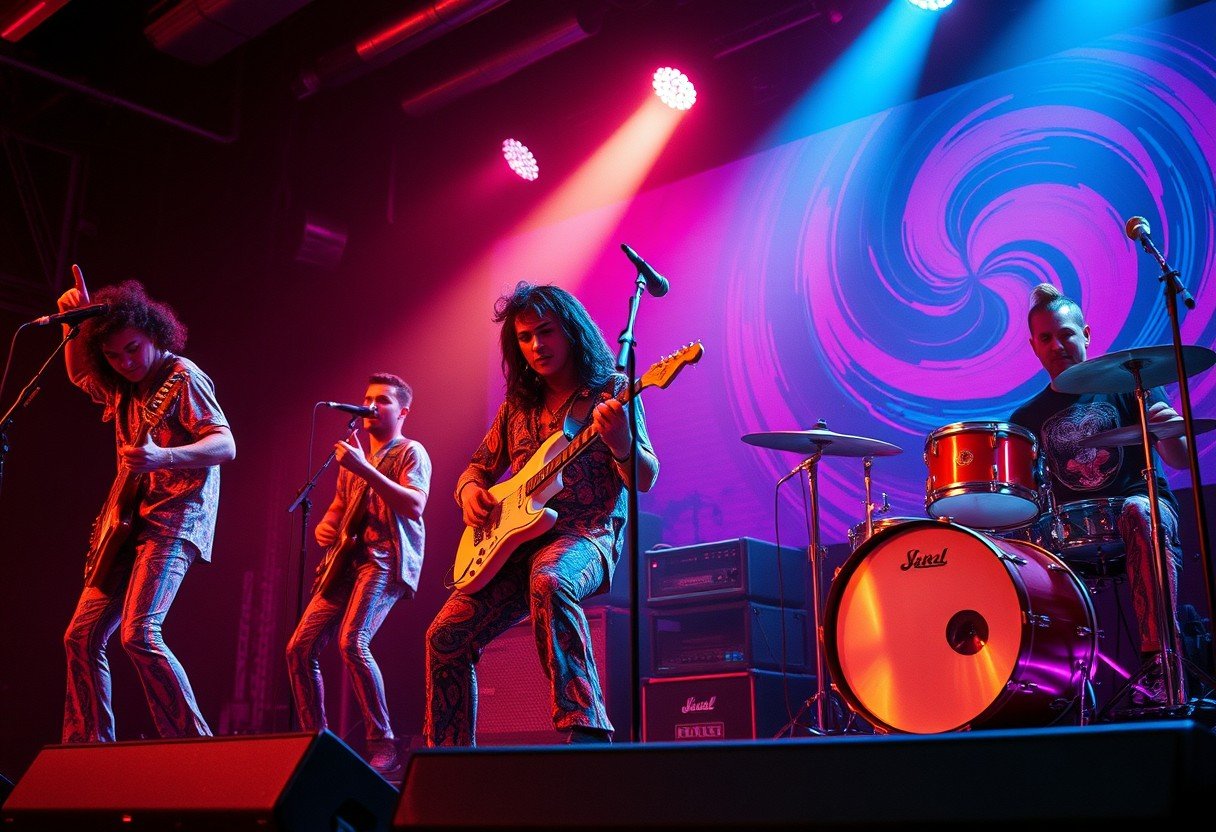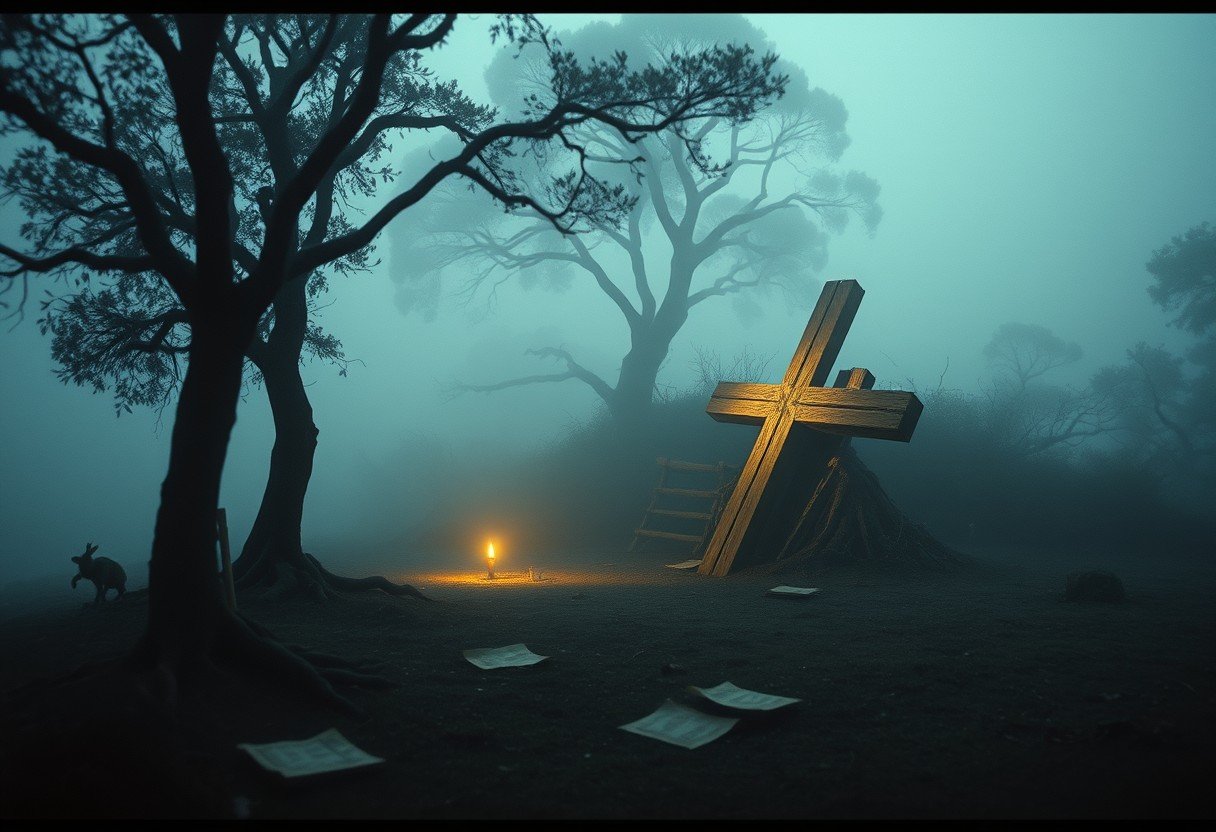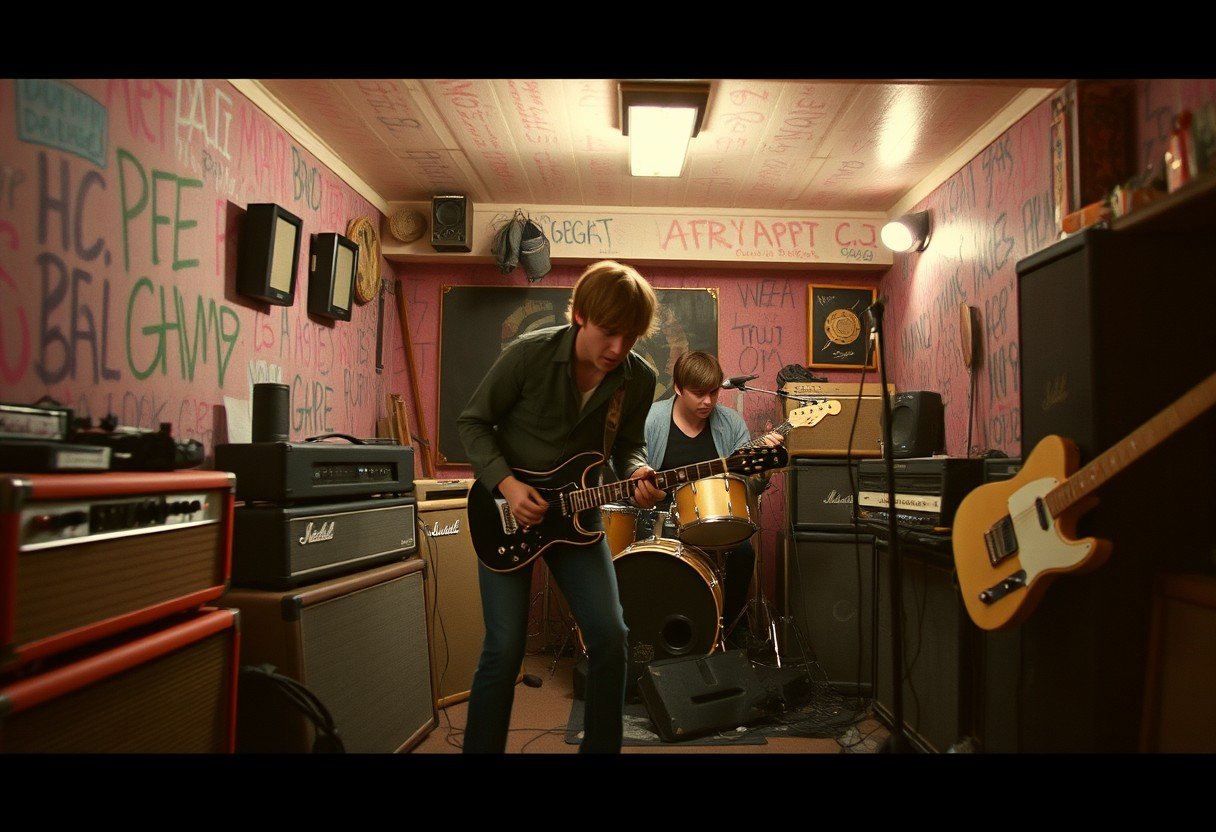The Bay Area has long been a center for musical experimentation, but one band in particular achieved lasting fame by merging the deep grooves of funk with the otherworldly sounds of psychedelia. Their innovative style defined the 1970s and still shapes contemporary music today. Discover how this legendary group rose to prominence and why their music continues to inspire artists and fans alike.
The Bay Area Music Scene: A Melting Pot of Innovation
During the late 1960s and early 1970s, the San Francisco Bay Area became an epicenter for groundbreaking music. The region was home to a vibrant blend of cultural movements and creative minds. Musicians in the Bay Area were unafraid to break the rules, combining influences from soul, rock, blues, jazz, and funk to create something entirely new.
The counterculture revolution played a major role in shaping the music. Artists sought to express political and social ideals through their sound, leading to bold experiments that pushed the boundaries of conventional genres. The open-minded atmosphere fostered collaboration and cross-pollination between bands, making the Bay Area a fertile ground for musical fusion.
Many bands from this era, like Sly and the Family Stone and Tower of Power, became household names. Their willingness to blend genres and cultures led to a revolutionary new sound that changed the course of popular music.
Key aspects of the Bay Area scene included:
- Communal collaboration: Musicians often lived and created together, sharing ideas freely
- Political activism: Music was a tool for social change and self-expression
The Roots and Rise of Funk
Funk music burst onto the scene in the mid-1960s, rooted in African American musical traditions. Driven by syncopated rhythms, powerful basslines, and a focus on groove, funk quickly became a force across dance floors and radio stations. The genre’s pioneers, including James Brown and Sly and the Family Stone, set a new standard for musical energy and innovation.
Funk’s influence spread rapidly, inspiring bands everywhere to experiment with bold rhythms and improvisation. In the Bay Area, artists embraced funk not just as a style, but as a foundation for further exploration. They began blending it with the swirling, experimental qualities of psychedelia, forging a new sound that would soon captivate a wider audience.
Funk’s popularity soared thanks to its infectious energy and universal appeal. Its influence can still be heard in everything from hip-hop to modern pop, underscoring its power as a musical movement.
The Psychedelic Revolution
Psychedelia was more than just a musical style; it was a cultural phenomenon. Inspired by the era’s counterculture and a desire for expanded consciousness, psychedelic music used experimental sounds, unusual song structures, and innovative production techniques. The goal was to create a sonic experience that mirrored the mind-altering effects of the times.
Bay Area bands incorporated instruments like the sitar, synthesizers, and early electronic effects to create immersive soundscapes. Lyrics often explored spirituality, freedom, and social change, reinforcing the genre’s transformative spirit. The use of bright, colorful visuals during live shows only heightened the sense of immersion.
This movement’s legacy is profound. Many modern artists continue to draw on psychedelic influences, weaving them into genres from indie rock to electronic music.
| Key Elements of Psychedelic Music | Impact on Listeners |
|---|---|
| Experimental instruments | Immersive soundscapes |
| Unconventional song structures | Expanded listening experiences |
| Studio effects and reverb | Dream-like atmospheres |
Blending Funk and Psychedelia: The Breakthrough Sound
The most influential Bay Area band to blend funk and psychedelia was Sly and the Family Stone. Formed in San Francisco, they became pioneers by merging tight funk rhythms with the mind-bending textures of psychedelic rock. Their line-up was also groundbreaking, featuring a mix of races and genders at a time when the country was deeply divided.
Their music stood out for its bold experimentation. Songs like “Dance to the Music” and “Everyday People” combined infectious beats, soulful vocals, and swirling instrumental effects. This unique sound not only dominated the charts but also inspired a generation of musicians to experiment with new combinations of style and substance.
What set Sly and the Family Stone apart?
- Innovative arrangements featuring horns, organs, and layered vocals
- Lyrics that addressed social issues, unity, and love
- Live performances that were energetic and unpredictable
Commercial Success: How Sly and the Family Stone Reached the Top
Sly and the Family Stone’s rise was marked by a series of hit albums and singles that climbed the charts. Their 1971 album “There’s a Riot Goin’ On” reached number one on the Billboard 200, cementing their place in music history. The band’s ability to create crossover hits made them beloved by fans of soul, rock, funk, and pop alike.
Several key factors drove their commercial success:
- Innovative sound: Their blend of genres appealed to a broad audience seeking something fresh
- Record label support: Backing from Epic Records ensured strong promotion and distribution
- Market trends: The era’s appetite for experimentation favored their boundary-pushing style
By the mid-1970s, Sly and the Family Stone had sold millions of records and become icons of the Bay Area sound. Their influence could be heard far beyond California, reaching artists across the globe.
Signature Live Performances and Cultural Impact
Sly and the Family Stone’s live performances were legendary for their energy and unpredictability. They brought together diverse crowds, breaking down barriers through the unifying power of music. Their shows featured extended jams, spontaneous dance routines, and powerful messages that resonated with people from all walks of life.
The band’s impact went beyond music. They were leaders in the push for racial integration and gender equality in the industry. Their presence on stage sent a strong message about unity and the possibilities of working together creatively.
Highlights of their cultural impact include:
- Opening doors for future mixed-race bands and artists
- Inspiring the civil rights movement with songs about togetherness
Legacy: Lasting Influence on Contemporary Music
The legacy of Sly and the Family Stone is evident in the work of countless modern artists. Their fearless fusion of funk and psychedelia paved the way for bands and genres that challenge musical conventions. Elements of their sound can be heard in neo-soul, hip-hop, R&B, and even electronic music.
Artists like Prince, OutKast, and Red Hot Chili Peppers have cited Sly and the Family Stone as major influences. Their approach to songwriting, instrumentation, and live performance continues to inspire musicians to innovate and connect with audiences in new ways. The band’s groundbreaking achievements remain a gold standard for artistic courage and originality.
Even decades later, their music is sampled, covered, and celebrated, ensuring that their spirit lives on in every corner of the music world.
Frequently Asked Questions
Which Bay Area band is best known for fusing funk and psychedelia?
Sly and the Family Stone is the most famous Bay Area band recognized for successfully blending funk rhythms with psychedelic sounds, achieving both critical and commercial success in the 1970s.
What are some of Sly and the Family Stone’s most iconic songs?
Their biggest hits include “Dance to the Music,” “Everyday People,” “Thank You (Falettinme Be Mice Elf Agin),” and “Family Affair.” These tracks showcase their innovative style and genre-blending sound.
How did Sly and the Family Stone influence other musicians?
They inspired artists across genres by demonstrating that funk, rock, and psychedelia could be fused into a powerful new style. Their example encouraged other bands to experiment with musical boundaries and address social issues in their lyrics.
Did their music have a social impact?
Absolutely. Sly and the Family Stone promoted messages of unity, equality, and love, becoming icons for the civil rights movement and advocates for social change in America.
What is the band’s legacy in today’s music scene?
Their pioneering fusion remains influential in contemporary music, with countless artists drawing on their techniques and spirit. Their emphasis on diversity, creativity, and innovation continues to shape the evolution of modern music worldwide.









Leave a Comment